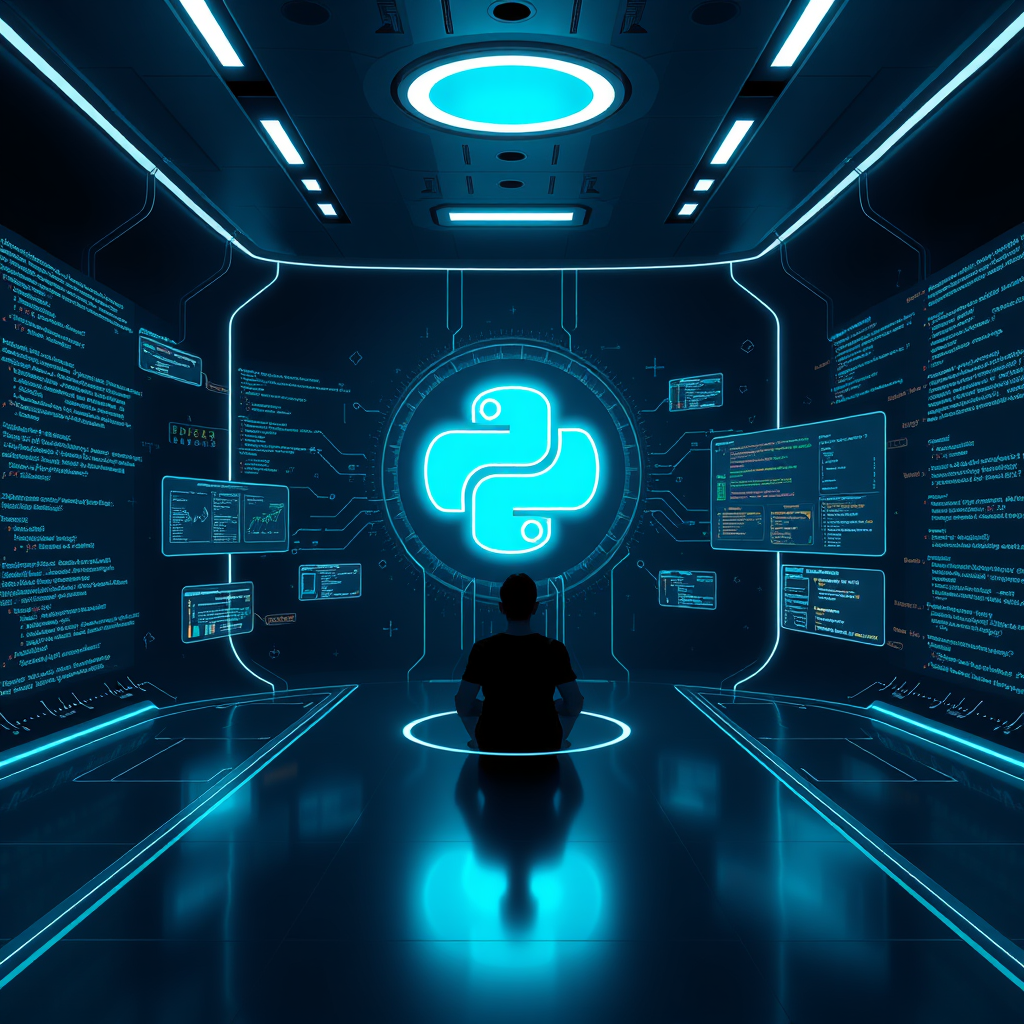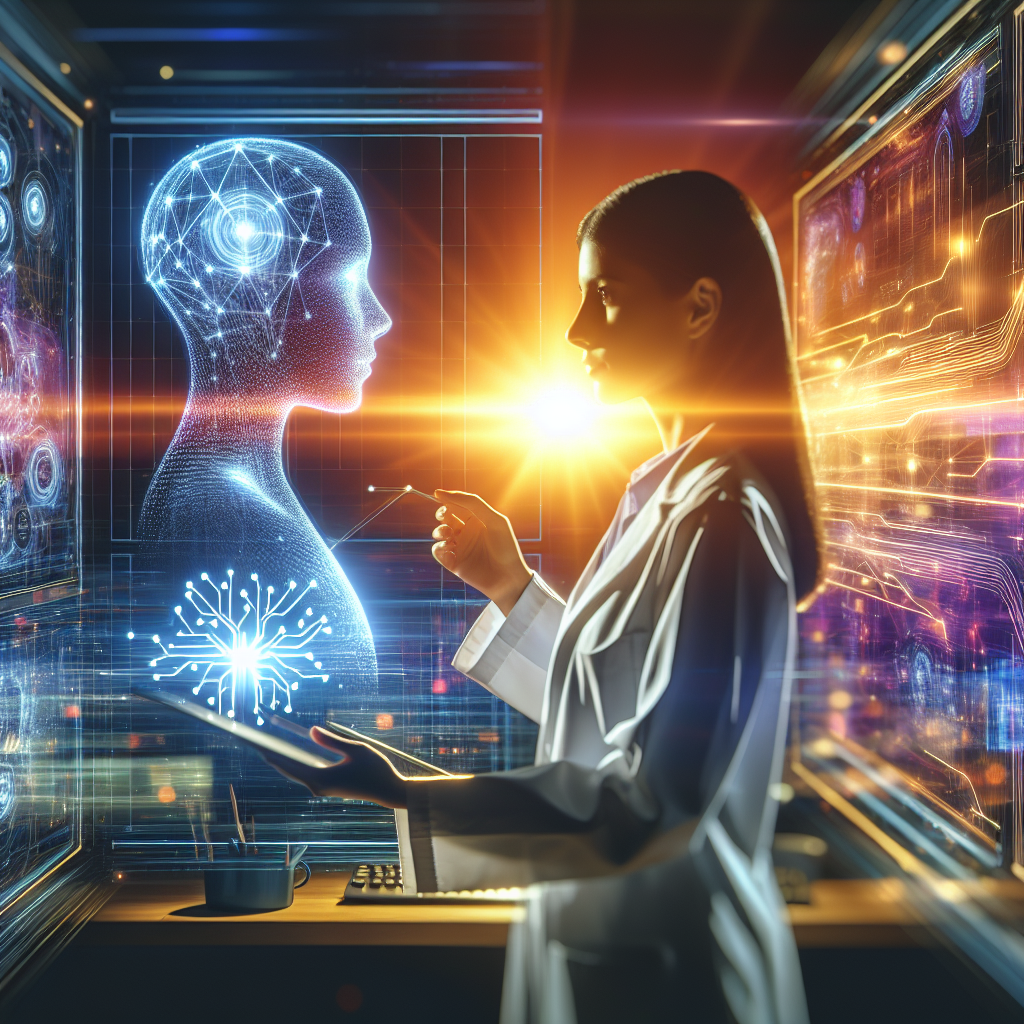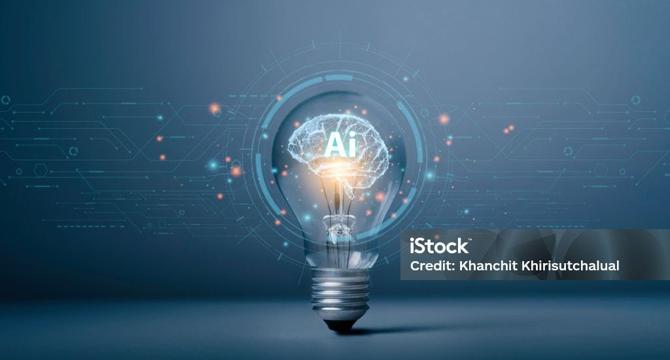Data Science News
Hackernoon
90

Image Credit: Hackernoon
Time Series Is Everywhere—Here’s How to Actually Forecast It
- Time series data is prevalent in various domains, ranging from stock prices to health monitoring, characterized by data points with timestamps.
- Traditional statistical models like ARIMA and Prophet are effective for basic trends but struggle with noisy, nonlinear, and multivariate data.
- Deep learning techniques, especially LSTMs (Long Short-Term Memory networks), excel at handling time series data with long dependencies and real-world complexities.
- Reinforcement learning, typically used in game AI, can also be applied to time series forecasting for making decisions like stock trading.
Read Full Article
5 Likes
Medium
173

Image Credit: Medium
Python for Data Science, AI & Development — Not Just a Language, It’s an Operating System for…
- Python is more than just a programming language, it's about building scalable ideas and bridging data with decisions.
- Learning Python involves a mindset shift, focusing on building solutions tailored to individual needs.
- Python enables users to create efficient logic and functions, resulting in personalized problem-solving approaches.
- Understanding Python transforms coding into a deliberate process, leading to the development of robust data ecosystems and sustainable systems.
Read Full Article
10 Likes
Medium
7

A travel between space and time… complexity
- Space complexity measures how much extra memory an algorithm requires relative to its input size.
- Time complexity describes how long an algorithm will take to execute in relation to the input size.
- Time and space complexity are measured using Big-O notation, which employs algebraic terms to describe the complexity of the code.
- Algorithms with higher time or space complexity can lead to inefficiencies, system freezes, and memory leaks.
Read Full Article
Like
Medium
269

Image Credit: Medium
How Simple Data Structuring Can Revolutionize Small Businesses and Public Services
- Structured data, even at its simplest, can significantly boost productivity in small businesses and public services by preventing missed deadlines, duplicated tasks, and wasted resources.
- Over 90% of small businesses in the U.S. lack structured data systems, leading to reactive decisions instead of strategic ones.
- Examples like Starbucks using heat mapping to optimize store layouts show that structured data can lead to tangible improvements in efficiency and sales without requiring high-tech solutions.
- Implementing segmented and categorized spreadsheets can help identify bottlenecks, delays, and resource imbalances in real-time, leading to enhanced service delivery and administrative efficiency.
Read Full Article
16 Likes
Dev
273

Image Credit: Dev
A travel between space and time... complexity
- Exploring time and space complexity in algorithms before diving into coding.
- Measurement using Big-O notation helps ensure optimal and efficient algorithm performance.
- Understanding worst-case scenarios helps determine scalability and efficiency of algorithms.
- Various Big-O notations like O(1), O(log n), O(n), O(n log n), O(n²), O(2ⁿ), O(n!) explained.
- Implications of different time complexities on algorithm performance and the value of DSA.
Read Full Article
16 Likes
Medium
59

Image Credit: Medium
The Ultimate Guide to Prompt Engineering
- Prompt engineering is crucial for optimizing AI chatbots and large language models.
- Crafting the right instructions through prompts guides AI models to produce desired responses.
- Designing prompts with context, examples, and clear instructions enhances the precision and usefulness of AI's output.
- Understanding prompt engineering is key to unlocking the full potential of powerful AI models.
Read Full Article
3 Likes
Analyticsindiamag
427

Image Credit: Analyticsindiamag
Piyush Goyal Announces Second Tranche of INR 10,000 Cr Deep Tech Fund
- Union Minister Piyush Goyal announced a second tranche of INR 10,000 Cr under the government's 'Fund of Funds' to support India's deep tech ecosystem at the IIT Madras global summit, 'Sangam 2025'.
- The fund aims to promote innovation, absorption of newer technologies, and development of contemporary fields, with guidelines being finalized to support the entire technology lifecycle, not just startups.
- Goyal highlighted the government's focus on indigenous innovation driven by cost advantages, citing India's lower costs compared to countries like Switzerland or America, and emphasized emerging technologies like AI and data analytics.
- Sangam 2025 also featured a pitch fest for deep tech and AI startups, with selected startups receiving institutional support from the IIT Madras Innovation Ecosystem, and key speakers included industry leaders like Aparna Chennapragada and Srinivas Narayanan.
Read Full Article
21 Likes
Medium
303

Image Credit: Medium
How Zero-Shot Framework Selection Revolutionizes AI
- Zero-shot framework selection in AI enables automatic selection of the best algorithm for new problems without prior labeled data.
- This method is valuable when labeled examples are scarce, allowing AI to generalize using learned relationships and auxiliary information instead of relying on direct training data.
- The concept of zero-shot framework selection can save time and resources by eliminating the need for gathering and labeling datasets before testing different algorithms.
- Zero-shot learning concepts can be a game changer by allowing the system to know which algorithm to use without any prior examples, simplifying the process and reducing costs.
Read Full Article
18 Likes
Medium
131

Image Credit: Medium
Why we chose Machine Learning (Random Forest) over Deep Learning to predict avalanches
- The Sentinelle project is developing AI to predict avalanche risk in mountain areas for ski resorts and patrollers.
- Machine Learning, specifically Random Forest, was chosen over Deep Learning due to its suitability for structured data with few features.
- Random Forest was selected for its lightweight architecture, fast computation, and clarity in decision-making for field users.
- The Machine Learning approach in this project is seen as a practical compromise between performance and usability.
Read Full Article
7 Likes
Medium
335

Image Credit: Medium
When does a regular waves become a “Storm” — and how much energy do they pack?
- Wave sensors track significant wave height (Hs) in open seas and ports to identify extreme events.
- In signal processing, energy of a continuous-time complex signal x(t) is computed as the area under the square of the function.
- For discrete values of x(t), the energy calculation transitions to the concept of the 2-norm or Euclidean norm for Hs values.
- The Storm Power Index (SPI), introduced in 2015 by Pushpa Dissanayake, measures a storm's strength by squaring wave heights over time.
Read Full Article
20 Likes
Medium
127

Image Credit: Medium
“My CPU is a neural-net processor, a learning computer.” T-800, Terminator 2: Judgment Day
- Neural Processing Units (NPUs) are synthetic processors that learn from data, make decisions, and evolve over time, similar to the neural-net processor in Terminator 2.
- NPUs are found in everyday devices like smartphones, TVs, and even vacuum cleaners, powering virtual assistants, face unlock features, AI cameras, and predictive text.
- These chips, first introduced in 2017 by companies like Apple and Huawei, excel at accelerating AI workloads, deep learning, pattern recognition, and contextual understanding.
- NPUs outperform CPUs and GPUs in their ability to understand humans in real time and at scale.
Read Full Article
7 Likes
Medium
83

Image Credit: Medium
If you're looking to enhance your brand's presence on social media platforms like Instagram…
- Codyclint specializes in crafting and managing social media content tailored to each client's brand and audience.
- Services offered by Codyclint include customized content creation, strategic scheduling, audience engagement, and performance analytics.
- Clients can benefit from Codyclint's personalized approach, consistent communication, and proven track record in enhancing social media presence.
- To elevate your social media presence, consider exploring Codyclint's services on Fiverr for expert social media management.
Read Full Article
5 Likes
Analyticsindiamag
313

Image Credit: Analyticsindiamag
Anybody Can Vibe Code a Startup Now
- Startups are increasingly relying on vibe coding, with some founders using AI to write code.
- Solopreneurs like Billy Howell leverage AI agents to ship products at lower costs.
- Vibe coding tools like Replit and Lovable are empowering creators to build and sell apps.
- The trend of using AI for coding is allowing individuals to create startups swiftly.
Read Full Article
18 Likes
Medium
342

Image Credit: Medium
Best AI Tools for Passive Income – Automate Your Way to Financial Freedom
- Explore top AI tools for passive income to achieve financial freedom.
- Use tools like ChatGPT for content creation, Canva AI for design, and AI art.
- Automate tasks, create products once, and earn money passively with AI assistance.
- Generate income through video automation, voiceover, email automation, and SEO blogging.
- AI tools help in building smart, scalable income streams for financial independence.
Read Full Article
20 Likes
VentureBeat
152

Image Credit: VentureBeat
Data everywhere, alignment nowhere: What dashboards are getting wrong, and why you need a data product manager
- Despite significant investments in data infrastructure, companies are facing challenges with conflicting dashboards and lack of alignment in data interpretation.
- The root of the problem lies in the lack of product-oriented thinking in data management rather than technical shortcomings.
- A new role, the data product manager (DPM), has emerged to address these issues by focusing on ensuring data usability, interpretability, and decision-making rather than just data delivery.
- DPMs play a crucial role in reshaping how internal data systems are constructed and adopted to improve decision-making processes within organizations.
Read Full Article
9 Likes
For uninterrupted reading, download the app